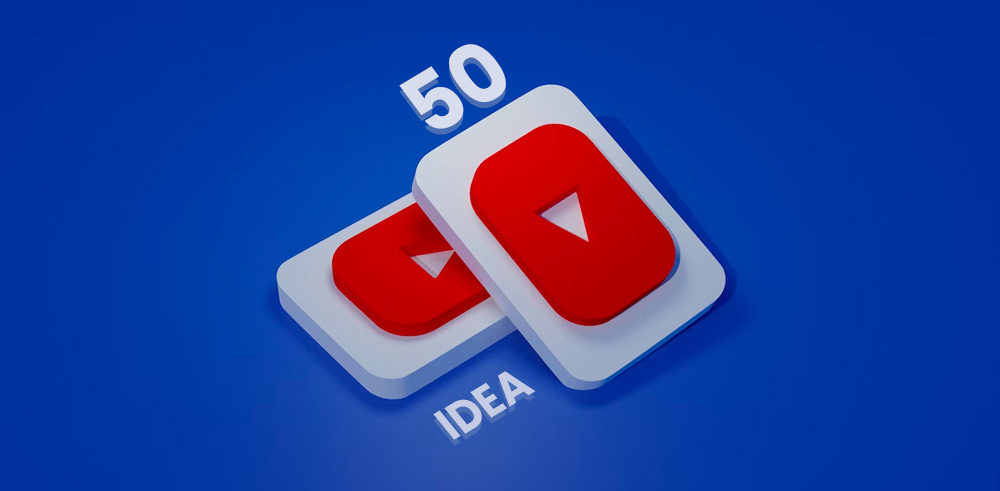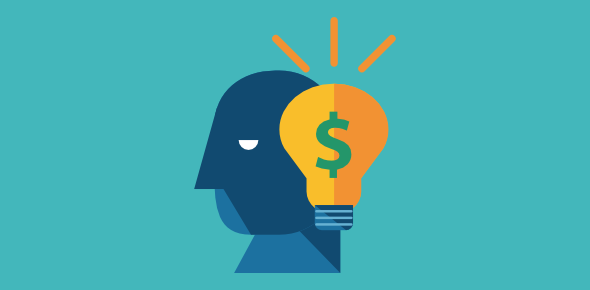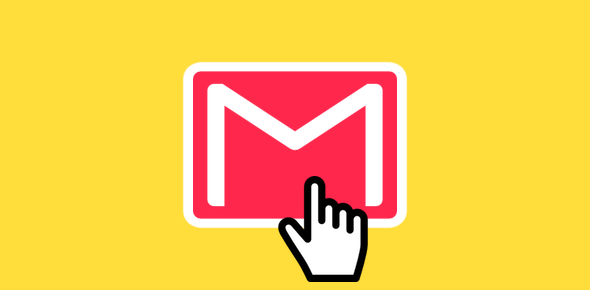There are two popular email protocols for downloading messages to the local computer – POP3 and IMAP. The former is available on most, if not all, email accounts either for free or by paying a nominal sum. For instance, you can get POP3 enabled on a Yahoo! email account for an yearly charge of $20.
Even though IMAP is a newer and probably a better protocol than POP3, unfortunately most email accounts do not support it. If it’s missing on your service too, there is no need to despair as in this post, I shall explain how you can get IMAP access on any email account and that too for free!
Sponsored Links
Before you read further, please note that accessing your account through IMAP is a slightly complicated procedure and may take anywhere between 10-15 minutes to set up. If that’s not very encouraging I suggest jumping to the end of the post and knowing the advantages of IMAP and why it would be worth the time spent.
Access email account using IMAP
As mentioned, our course of action is slightly convoluted. In brief, it involves forwarding messages to an email service where IMAP access is available for free and then setting up that account in your chosen email program.
So the first thing you need is an account with free IMAP access and here are two popular email services that offer this: Gmail and AOL. If you already have an account at either of these services, you are good to go, else refer the links below:
Since Gmail is more popular than AOL, I shall be moving ahead with it. Getting IMAP access on your email through this simple workaround also lets you use the great features available on the Gmail, probably the best email service in the world. Also, since the messages are still available via Gmail’s webmail interface they can be accessed from virtually any computer.

Add email account on Gmail
Login at the Google email service and add your email account on Gmail (refer link for instructions and screenshots). Though this is a fairly simply simple procedure, you would need to know the username, password and POP3 settings of the email account you are adding on Gmail. You can get this information from the service provider.
Once this is done, the Gmail service connects to your email account using POP3 and downloads messages at regular intervals. Please note that emails are still stored on the Gmail servers. The next step is to download the messages to your local computer by configuring Gmail in an email client.
Set up Gmail on an email client through IMAP
All free Gmail email accounts can be set up through both POP3 and IMAP protocols. However, we are interested only in the latter. The Gmail IMAP settings are as follows:
- Gmail Incoming IMAP server settings
Address: imap.gmail.com
SSL required?: Yes
Port: 993 - Outgoing SMTP server for Gmail
Address: smtp.gmail.com
Authentication: Yes
SSL: Yes
Port: 465 or 587 - You also require the username, email address and password to set up the account in the chosen client.
You can use the above to configure the account in all popular email programs that support IMAP. In a separate article, you’ll find detailed step by step instructions on how to set up Gmail with IMAP on Windows Live Mail, the latest free email client from Microsoft that can be used on Windows 7, Vista and XP.
Advantages of IMAP
Though either of the two email protocols can be used to download email to the local computer, there are a few important differences between POP3 and IMAP.
POP3 may be a tad faster but it is not able to synchronize the email account across different machines. It’s very common nowadays to access email through multiple devices – computers, mobile phones, tablets etc. Unfortunately, POP3 cannot help you maintain the same set of email messages on the different devices. Thus, if you send an email from an iPad, it will not be available in ‘Sent Items’ (or equivalent folder) on your laptop. Also, POP3 deletes the messages once it downloads them from the server though this default functionality can be changed by modifying the settings in the email program.
IMAP ensures that an email account which is set up on multiple computers and mobile devices is kept synchronized with the server. This means an important message which was sent through webmail when you were on holiday, for instance, would also be available on your mobile devices and computers.






Unfortunately, my service provider offers only POP3. This is a nice way to get IMAP for my email account. Great instructions. Thanks a ton.
Also, POP3 deletes the messages once it downloads them from the server though this default action can be changed by modifying the settings in the email program.
__________
Mary
I had almost given up on my oldest email account (which is POP3). Thanks to you, I can now use it with IMAP. I love Gmail.
Great solution to my problem on gmail….
Thank you for this….
I just got a computer with the Windows 7 OS. I really need to setup my email. I have a Shaw account. No outlook express. Can anybody help me?
@Linda Cameron
Please read http://www.webdevelopersnotes.com/tips/internet/outlook-express-windows-7.php
There is no Outlook Express on Windows 7. You have to use Windows Live Mail which may be pre-installed on your new laptop. If not, you can download it for free from Microsoft web site.
To transfer old messages to the new computer please refer the Windows Live Mail section